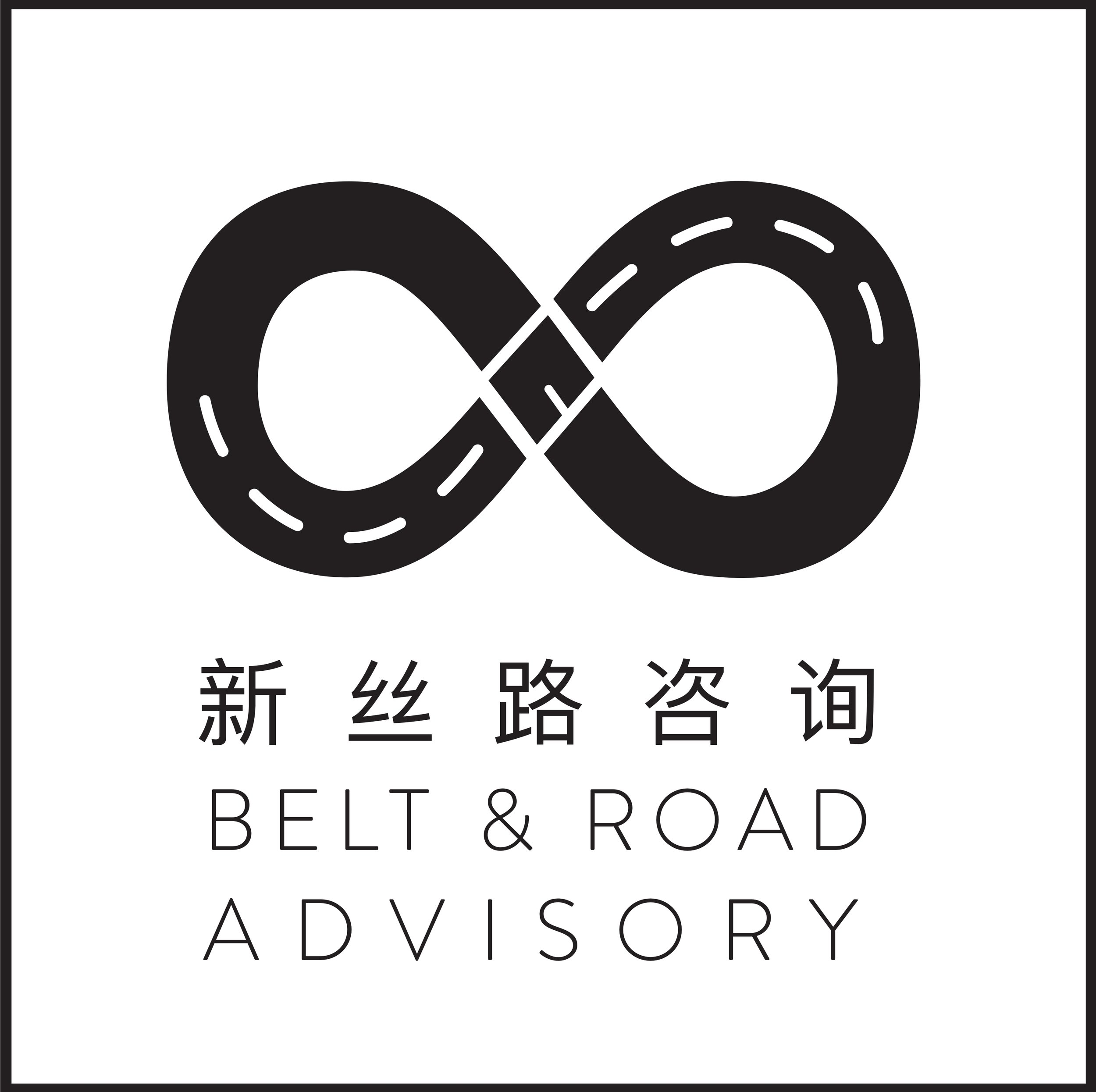Which Chinese provinces have the most to win or lose from the Belt and Road?
Think Local
The most successful foreign firms appreciate the differences in localities of the Chinese market. Understanding the nuances at the local level allows them to devise a strategy for their operations in China. The situation is no different when it comes to the Belt and Road Initiative (BRI_. Get to know the Belt and Road strategies of your Chinese partners. It will allow you to tailor your own proposals that will resonate well with your Chinese partners and benefit your business.
When it comes to the BRI and the outward expansion of Chinese companies, often they move in clusters, incentivized by policies made at a local government level and not at a national level. That’s why it makes sense when engaging with the BRI to think about local government channels.
Belt and Road Isn’t Equally Important to Chinese Provinces
It is then crucial to understand which provinces are most heavily involved in trade with BRI. To our knowledge, this is the first time this data has been brought together in one central place.
In 2018, China traded over 8 trillion yuan ($1.3 trillion) with countries along the Belt and Road. This reflected 13% growth on 2017.
Unsurprisingly, the provinces and municipalities that traded most with Belt and Road countries in 2018 also happened to be those regions which see the highest total foreign trade (including both BRI and non-BRI countries). Guangdong takes top spot, and trades almost double the amount traded by its nearest competitors (Shanghai Municipality, Zhejiang, and Jiangsu). The regions that dominate trade with BRI countries also happen to be China’s richest regions.
However, when we take a region’s trade with Belt and Road countries as a percentage of total trade, a different story emerges.
In 2018, 27% of China’s total trade was with Belt and Road countries. This reflects a growing percentage, however, trade with developed countries still accounts for the majority of China’s trade.
When we look at provincial and municipality data, we see that trade with Belt and Road countries is considerably more important for poorer provinces.
In the graph below, the ten provinces that rely most heavily on trade with Belt and Road countries are displayed. The list is topped by Xinjiang; remarkably 98% of its total trade is with Belt and Road countries. This reflects the fact that the vast majority of Xinjiang’s exports head straight into Central Asia through newly built railways. Inner Mongolia also scores highly, reflecting the importance of trade with Mongolia and Russia. Yunnan and Guangxi also have a high dependence on BRI trade, reflecting the importance of South East Asian countries as their key trading partners. Hainan and Fujian’s reliance reflects the growing importance of the Maritime Silk Road.
And while Guangdong has the highest value of trade with Belt and Road countries, this only reflects 20% of its total trade – well below the national average of 27%.
Key takeaways
1) Poorer provinces are more dependent on BRI: We should not be surprised by these findings. They reflect one of the primary rationale of the Belt and Road Initiative, that was to find new trading partners for some of China’s poorer regions, especially in the West and South West. The prosperity of these regions is much more dependent on the Belt and Road than China’s already rich Eastern regions.
2) BRI could affect the balance of economic strength across China: Should BRI succeed in its objective to open up new markets for China, then we can expect China’s poorer provinces to benefit disproportionately. By the same token, should the BRI fail or encounter greater resistance abroad, then these poorer regions would likely be some of the biggest losers given their higher dependence on the BRI. Given social stability remains the primary concern of the Chinese government, it makes the BRI the success of the BRI even more paramount.
3) The need to engage locally: Because different provinces rely on the Belt and Road as a growth driver to varying degrees, it means that the way to engage with each should not be homogenous. As a foreign enterprise, it is no longer enough to build a single Belt and Road strategy for the entirety of China, but instead, specific localities must be targeted according to their respective BRI related policies, industry strengths and their reliance on the BRI.


